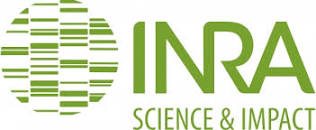Smart Cities Ontology
We collaborated with Open Agile Smart Cities (OASC) and Sirus to provide DTDL-based onotlogy, starting with ETSI CIM NGSI-LD, and accelerate accelerate development of digital twins-based solutions for smart cities. In addition to ETSI NGSI-LD, we-ve also evaluated Saref4City, CityGML, ISO and others.
The ETSI CIM NGSI-LD specification defines an open framework for context information exchange named NGSI-LD which comes with an information model that defines the meaning of the most needed terms, and a domain-specific extension to model any information. The core meta-model provides a basis for representing property graphs using RDF/RDFS/OWL, and is formed of Entities, their Relationships, and their Properties with values, encoded in JSON-LD.


